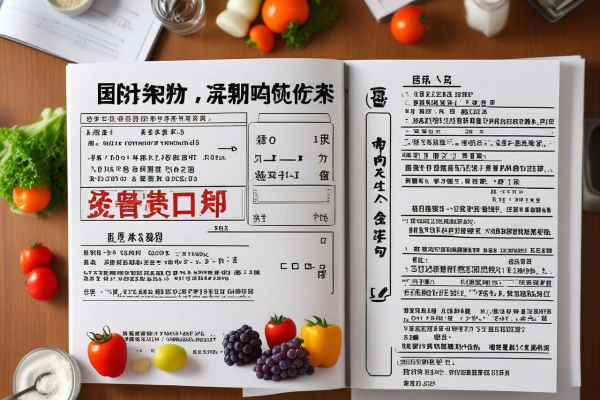The Purpose of Writing a Letter: How to Express It in an English Composition

Writing a letter is a form of communication that has been used for centuries. It allows us to express our thoughts, feelings, and intentions to others in a more personal and detailed way compared to other forms of communication such as emails or text messages. The purpose of a letter can vary greatly, and understanding how to clearly convey this purpose is essential for effective communication.
One of the most common purposes of writing a letter is to convey information. This could be anything from sharing news about one’s life, such as a promotion at work, the birth of a child, or a recent vacation, to providing detailed instructions or explanations. When the aim is to inform, it is crucial to organize the content in a logical manner. Start by introducing the main topic clearly in the opening paragraph. For example, if you are writing to inform a friend about your new job, you might say, “I am writing this letter to share some exciting news with you. I have recently started a new position at [Company Name].” Then, follow up with specific details about the job, like the job title, responsibilities, and the working environment. Use simple and straightforward language to ensure that the recipient can easily understand the information you are providing. Avoid using jargon or complex language that might confuse the reader.
Another important purpose of a letter is to express gratitude. Whether it’s for a gift, a kind gesture, or a helping hand, a well – written thank – you letter can strengthen relationships. Begin the letter by stating the reason for your gratitude. For instance, “I am writing to express my sincere thanks for the beautiful birthday gift you sent me. It was so thoughtful of you.” Then, elaborate on why the gift or act was meaningful to you. You could mention how it made you feel or how you plan to use the gift. In the closing part of the letter, re – emphasize your appreciation. A gratitude letter should be warm and sincere, and it can leave a lasting positive impression on the recipient.
Letters can also be used to make requests. This could range from asking for information, such as requesting details about a product or service, to asking for a favor, like borrowing a book or asking someone to help with a project. When making a request, it is important to be polite and clear. Start the letter by briefly introducing yourself if the recipient may not know you well. Then, state your request clearly. For example, “I am interested in your [Product Name] and would like to request more information about its features, pricing, and availability.” Provide any necessary context or background information that might help the recipient understand your request better. Also, make it clear what you expect in response, such as a phone call, an email, or a specific document. End the letter by thanking the recipient in advance for their time and consideration.
In some cases, letters are written to express complaints. When writing a complaint letter, it is crucial to remain calm and objective. Begin by stating the problem clearly. For example, “I am writing to complain about the poor quality of the [Product Name] I purchased from your store on [Date].” Then, describe the specific issues in detail, such as defects, malfunctions, or unmet expectations. Provide evidence if possible, like photos or receipts. Next, suggest a reasonable solution. This could be a refund, a replacement, or some form of compensation. End the letter by expressing your hope for a prompt resolution of the issue. A well – written complaint letter can increase the chances of getting a satisfactory outcome.
Letters can also be used for social or personal communication, such as writing to a long – lost friend or a family member. In such cases, the purpose is often to reconnect, share memories, and strengthen the emotional bond. The tone of these letters is usually more relaxed and informal. Start the letter with a warm greeting and a mention of how much you’ve missed the recipient. Share personal stories, experiences, and feelings. You can also ask about the recipient’s life and show genuine interest in their well – being. These letters are a great way to keep relationships alive and create a sense of closeness even when physical distance separates you.
In conclusion, the purpose of a letter can be diverse, and each purpose requires a different approach in terms of content, tone, and structure. By clearly understanding the purpose of your letter and using appropriate language and techniques, you can ensure that your message is effectively communicated and that the recipient understands your intentions. Whether it’s to inform, thank, request, complain, or simply connect, a well – crafted letter can have a powerful impact on the recipient and contribute to better communication and stronger relationships.





